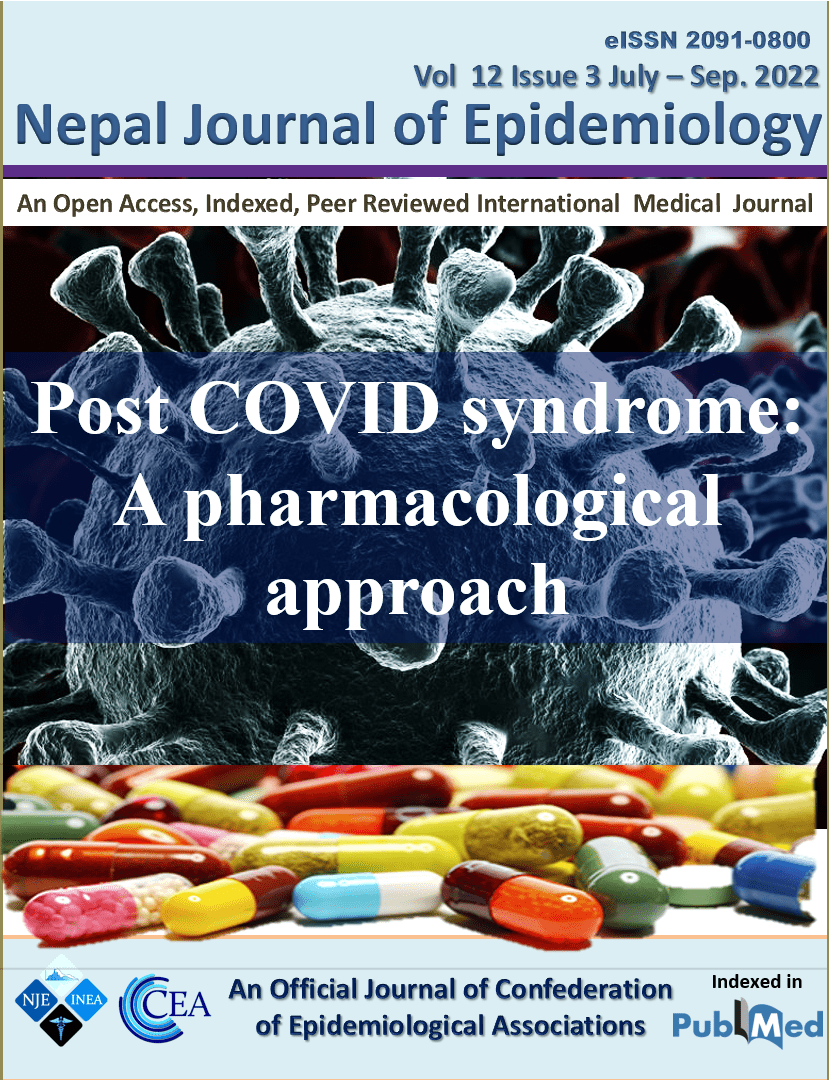Panic buying research: A bibliometric review
DOI:
https://doi.org/10.3126/nje.v12i3.43436Keywords:
Panic buying, bibliometric review, hoarding, perspectives, COVID-19, pandemicAbstract
Background: Panic buying has been reported during a period of crisis when people buy an extra amount of essential commodities and hoard them anticipating their future utility. As a newer entity, a bibliometric analysis would reveal the research gaps for further studies. We aimed to do a bibliometric analysis of researches published on panic buying over the past two decades.
Methods: A literature search was conducted in the SCOPUS database using the keyword “panic buying”. All published research in the English language between 1st January 2001 to 1st August 2021 was included in the analysis of this study.
Results: We identified a total of 142 articles on panic buying published over the past two decades. There is an exponential increase in the publication on this topic during the COVID-19 pandemic (n=127). Majority of the articles were published from the United States (n=23), followed by the United Kingdom (n=20), and China (n=20). The Frontiers in Public Health and Journal of Retailing and Consumer Services published the highest number of articles (eight each). Arafat SMY published the highest number of publications as a single author (n=10) and Enam Medical College and Hospital, Bangladesh has the highest number of papers as an institution (n=10). Among all the publishers, Elsevier has published the maximum number of papers (n=38).
Conclusion: There is an exponential growth of panic buying research during 2020-21. The global crisis of the COVID-19 pandemic has been attributed to the recent rise in panic buying research.
Downloads
Downloads
Published
How to Cite
Issue
Section
License
Copyright (c) 2022 CEA & INEA

This work is licensed under a Creative Commons Attribution 4.0 International License.
- Upon acceptance Copyright on any research article is transferred in full to the Confederation of Epidemiological Associations (CEA) and International Nepal Epidemiological Association (INEA). The copyright transfer includes the right to reproduce and distribute the article in any form of reproduction (printing, electronic media or any other form).
- Articles in the Nepal Journal of Epidemiology are Open Access articles published under the Creative Commons CC BY License (https://creativecommons.org/licenses/by/4.0/)
- This license permits use, distribution and reproduction in any medium, provided the original work is properly cited.




